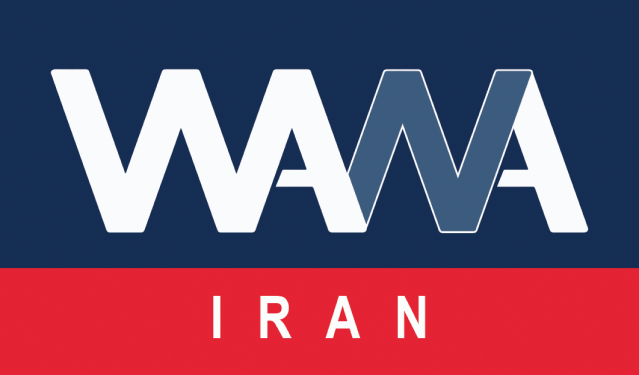Iran’s Leap in Medium-Heavy Liquid-Fueled Launch Vehicles
WANA (Apr 01) – The head of Iran’s Space Organization announced the groundbreaking of the second phase of the Chabahar Spaceport, which is dedicated to medium-heavy liquid-fueled launch vehicles.
Speaking about last year’s achievements in Iran’s space industry, he stated that, according to Iran’s 10-year space program, specific obligations have been outlined across various sectors, including infrastructure, satellite and launch vehicle development, application of space data, and advancements in space sciences and exploration.
He further explained that significant progress has been made in infrastructure, particularly with the establishment of a national space launch site in Chabahar. The first phase is expected to become operational this year.
He noted that by the end of last year, the spaceport was already in a state where space launches were possible, and preparations are underway for the first test launches from the site in the near future.
The first phase of the spaceport is focused on solid-fuel launches and is set to be inaugurated this year. Meanwhile, extensive studies have been conducted on the second phase, dedicated to medium-heavy liquid-fueled launch vehicles. Initial studies were completed last year, and contracts were prepared for execution. The groundbreaking for this phase is scheduled for this year.
The spaceport’s unique geographical position makes it a gateway for Iran to enter the international space launch market. Since satellite launches must cater to different orbital needs, Chabahar’s location allows it to serve various global requirements.
The site is also well-suited for sun-synchronous and other orbital inclination launches. Given its proximity to open waters and the equator, it is an ideal location for future geostationary launches.
When asked whether Iran would continue launching satellites from foreign spaceports after Chabahar becomes fully operational, he explained that space-faring nations typically utilize each other’s facilities. The timing, preparation of launch sites, and readiness of launch vehicles are crucial, making Chabahar a key player alongside other international launch sites.
Currently, around 11 countries provide launch services, and while Iran has exclusively conducted domestic launches so far, it has not yet offered launch services to other nations. However, just as Iran sometimes utilizes foreign launch sites, other countries could eventually use Iran’s services, fostering mutual cooperation and economic growth in the space industry.
Regarding ground stations, he mentioned that significant progress was made last year in satellite data reception and control. Two major ground stations in northeast (Chenaran) and northwest (Salmas) Iran are set to become operational this year as part of the 10-year space plan.
Existing ground stations in Mahdasht and Qeshm were also upgraded last year, with the X-band antenna in Qeshm becoming fully operational. In addition to these four permanent stations, Iran also operates mobile and temporary stations for real-time tracking during satellite launches to ensure mission success.
Another critical component of Iran’s space infrastructure is the development of satellite assembly and testing laboratories. Facilities capable of handling satellites weighing 500 to 1,000 kg are being expanded at the Ministry of Communications’ Space Research Institute. The construction of a one-ton-class satellite testing laboratory will be completed this year, with equipment installation ongoing.
By 2025, a significant portion of this testing center will be operational, with full completion expected between 2027 and 2028, in line with Iran’s five-year development plan.












